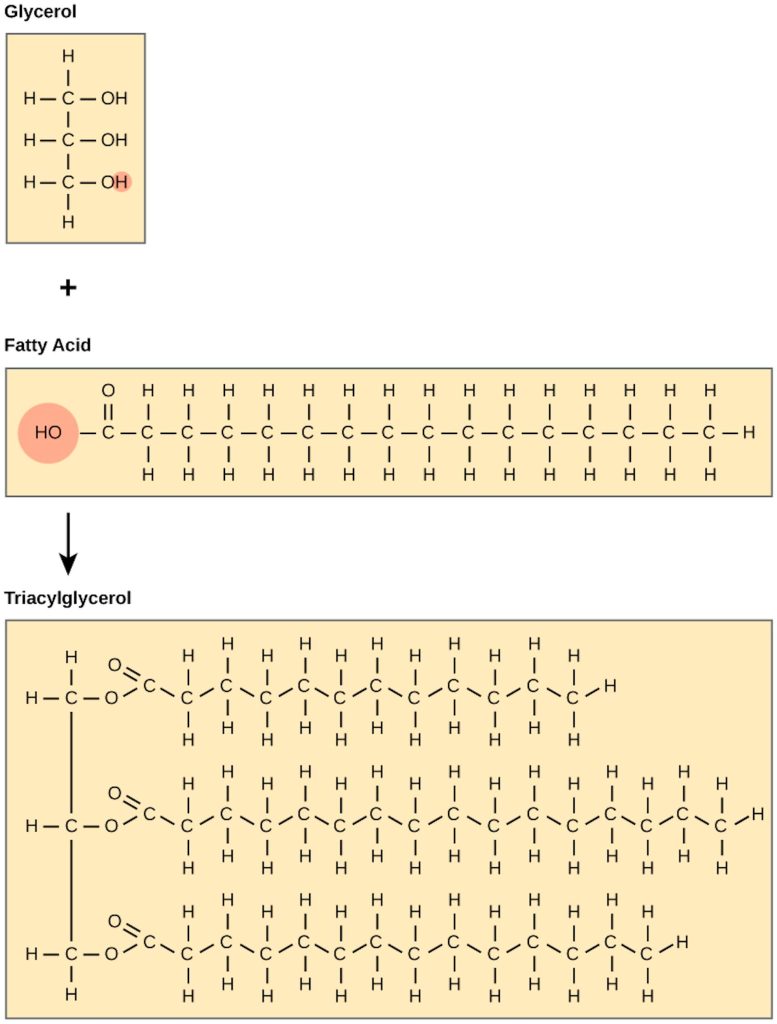How fat by-products, exemplified by fatty acids and glycerol hasten the processes of aging and the topping up processes for chronic diseases has been noted in many recent studies. Much as the aesthetic impact of obesity is what captures the public eye on many occasions, health experts indicate massive health risks attributed to these metabolic remnants.
Fatty acids are essential, hence being part of the lipids. Taken in excess, however, they are harmful to health because they reduce health span and life expectancy by putting one at high risk of falling ill from chronic diseases, disrupting metabolic processes, and fostering inflammation.
Another byproduct, glycerol, seems to have been left to its probably harmful effects. In this respect, fatty acids and glycerol can diffuse into cellular and organ tissue, perturbing normal cellular and organ functions in ways that might be very similar to what is believed to happen in the process of aging. Available medical literature seems to have fully realized these phenomena as an apparent acceleration of aging by obesity.

As a genomicist and biochemist, my research interests spring from what I can only call the tangled and tortuous relationship between lipids and aging. One of our current challenges is to elucidate mechanisms to interrupt this process of aging, which can avoid many common diseases by targeting a supernoxious class of lipid byproducts.
In attempting to extend healthy lifespan and improve late-life health in laboratory animals, we kept seeing something unexpected: every manipulation to fight aging resulted in lower levels of glycerol. For instance, it was found in studies on the nematode Caenorhabditis elegans that dietary restriction leads to animals living about 40% longer than their corresponding group on ad libitum diets. These long-lived animals demonstrated drastically reduced levels of glycerol, which was found to be related to increased activity of ADH-1, the enzyme catabolizing glycerol in their intestines and muscles.

In the metabolism of glycerol, ADH-1 becomes a focus of our study. We have further shown increased activity levels of ADH-1 in dietary restriction mice as well as subjects treated with the anti-aging drug, rapamycin. We provide evidence that healthy aging across species is accomplished through a common mechanism underpinning the requirement for ADH-1.
Our working hypothesis is that increased activity of ADH-1 confers positive health effects during aging by lowering levels of the cytotoxin glycerol. Three of our findings support the theory: supplementation of test animals’ diet with glycerol at a young age shortened their life by 30%; the genetically manipulated animals that were able to increase their level of ADH-1 maintained a lower level of glycerol and remained lean and healthier, and their life expectancy was maintained even in the absence of dietary restriction.
Having this very simple molecular structure, ADH-1 makes for a rather exciting pharmacologic target of activity-enhancing drugs. If the long-term idea is to investigate how such compounds can have positive effects on health and longevity in mice and humans.
While the merits of healthy aging are obvious, healthy longevity brought about by improved health has brought along different social problems. In case life expectancy goes as far as 120, societal structures—like retirement ages—to most of the economic models will have to call for revision so that they are capable of keeping an aging population. The legal formulation and social frameworks relevant to elder care and family support may have to be changed. Members of the sandwich generation are typically responsible for children and, in their older years, their aging parents; this generation might well find itself supporting several generations simultaneously. These longer lifetimes call for a revised consideration about how to incorporate, support a rapidly older population within our respective communities.
Research into the solutions for healthy aging is not purely a domain of medical study but looks into broader implications for society that want interdisciplinary collaboration. It is in this frontier that the study of the complex interplay between lipids, aging, and health is not only pursued in terms of its potential impact on medical practice but also on policy decision-making and practices that may serve and improve the quality of life as one grows older.
Our work, besides the biochemical complexities of age-related effects of fat byproducts, also opens up new ways for therapeutic intervention. Other than ADH-1, other enzymes and pathways targeted by our study in the modification of fat metabolism influence aging processes. Comprehensive strategies can then be worked out in modifying these pathways on the identification of key molecular targets to set up a healthier old age.
Of interest will be one of the most exciting lines of research into the role of mitochondrial function in the process of fat metabolism during aging. Mitochondria have been referred to as the powerhouse of the cellular machinery associated with the process of energy production or cellular metabolism. A variety of age-related diseases and metabolic disorders could trace their origin back to dysfunctional mitochondria. We are currently working on the aspect related to how the health of the mitochondria interfaces with the metabolism of fat to find possible therapeutic targets aimed at improving cellular function and thereby extending life span.
Finally, gut microbiota—the complex system of microorganisms inhabiting the gastrointestinal tract—are currently considered key players in metabolism and aging processes. Recently published studies have started underlining how gut microbiota composition is related to nutrient absorption, energy metabolism, and immune function. Dietary interventions or probiotics in a view to manipulate gut microbiota will establish the possibility of changing fat metabolism and thus improve health and maybe even add years to life.
The clinical application of all our laboratory findings goes hand in hand with close interaction with clinicians. Strategies in dietary intervention, pharmacological agents, and changes in lifestyle are being investigated in clinical trials as proof for healthy aging and the reduction of age-related diseases. Such translational efforts fill in the gap between basic research and patient care in the eye toward improvement of outcomes and quality of life for aging populations.
It means so much to society if years can be added to healthy aging. The opportunities brought about by a longer and healthier life span feature lifelong learning, professional development, and personal growth well into older age. That medication will also demand health care delivery adjustments with respect to workforce dynamics and social policies for an aging population.
These are challenges that will require an integrated approach, embracing both health professionals and policy makers, researchers, and the general community. This should focus on activities celebrating active and healthy aging and furthering intergenerational relationships among people and create age-friendly environments that will help them build upon experience and go on making productive contributions throughout life.
Our implicit understanding of the subtle relationship between fat metabolism, aging, and health is coupled to a relentless commitment to the progress of knowledge toward best possible outcomes and the power of scientific discovery concurrently supported by the creative development of treatments and collaborative relationships that bear witness to a world where the prime of life would be spent in vitality, resilience, and dignity.
The deeper one reads into the metabolism of fat and processes of aging, the clearer some of the ethical questions besides longevity research and interventions become: questions emerge about the fairness of altering human lifespan, under what terms anti-aging treatment could be accessed by different parts of society, and to what extent society would use its health resources, both between different segments of society and because of what demographic and economic changes this would cause in the world. This will involve thoughtful dialogues and responsible ethical reflection on aging research as a means to serve fairness, social responsibility, and respect for human autonomy through science. It is by engaging with these ethical dimensions up front that we can best ensure helping ourselves sail with integrity and compassion through longevity science to achieve outcomes that benefit all of humanity.

